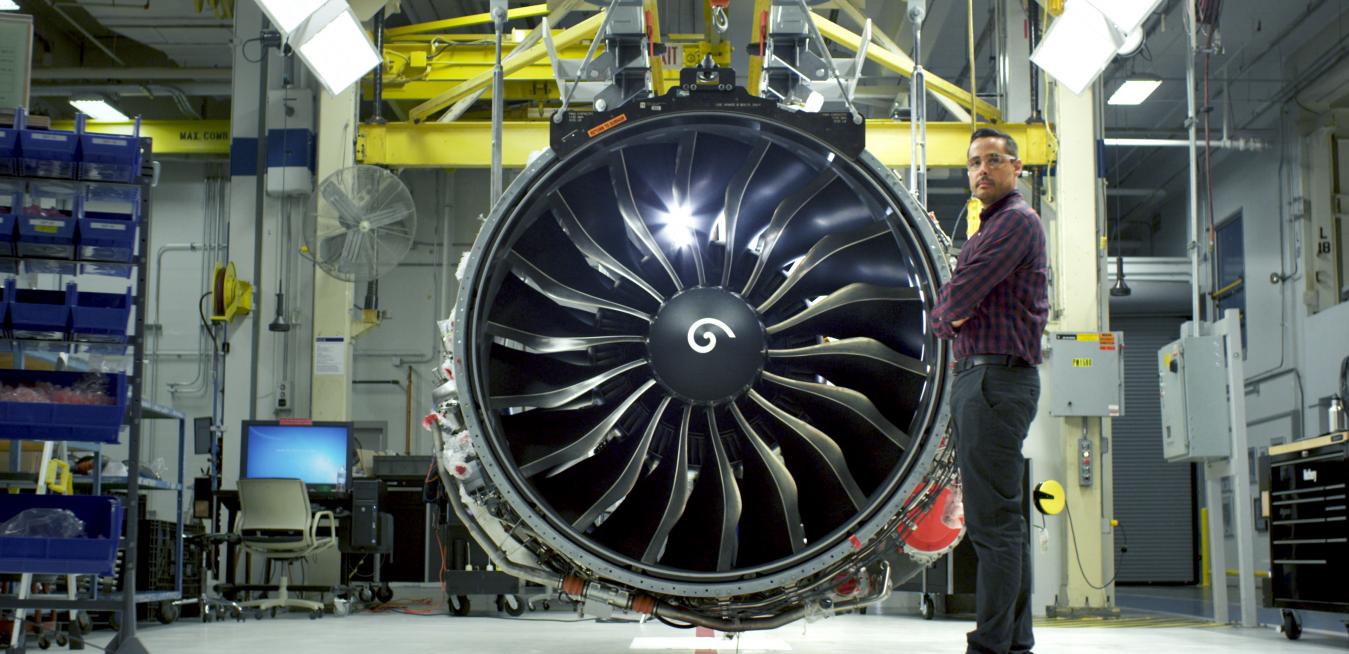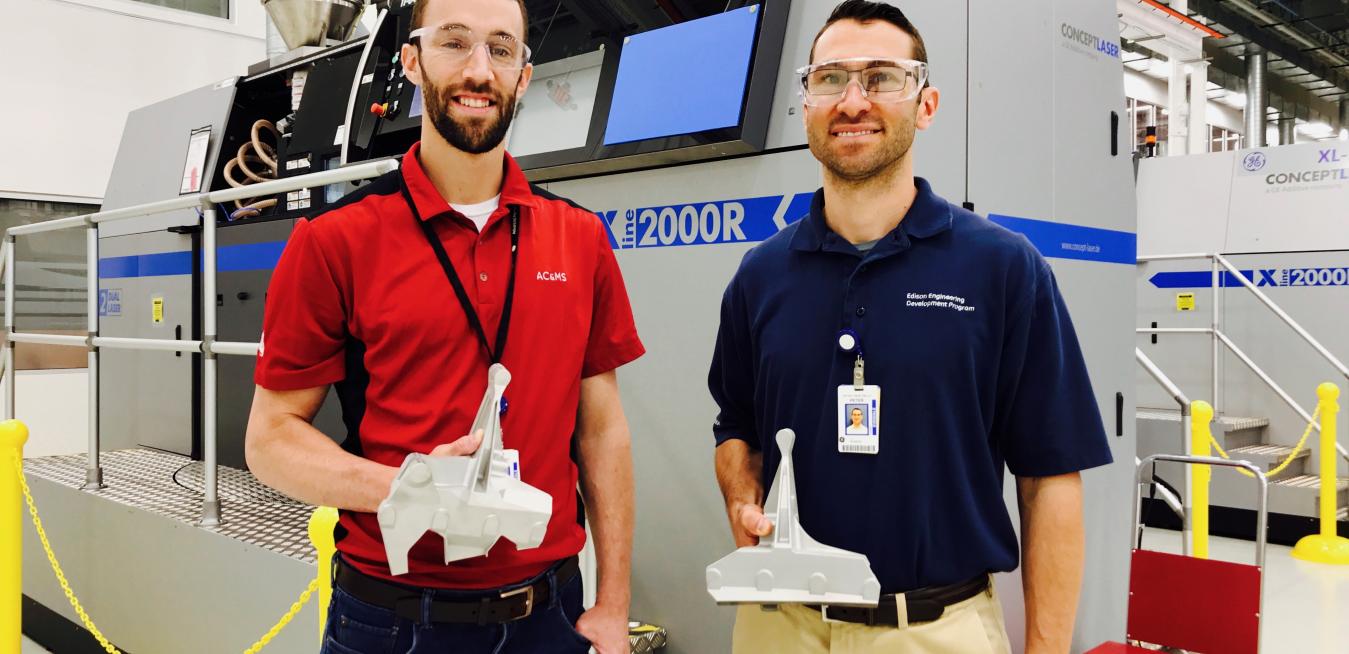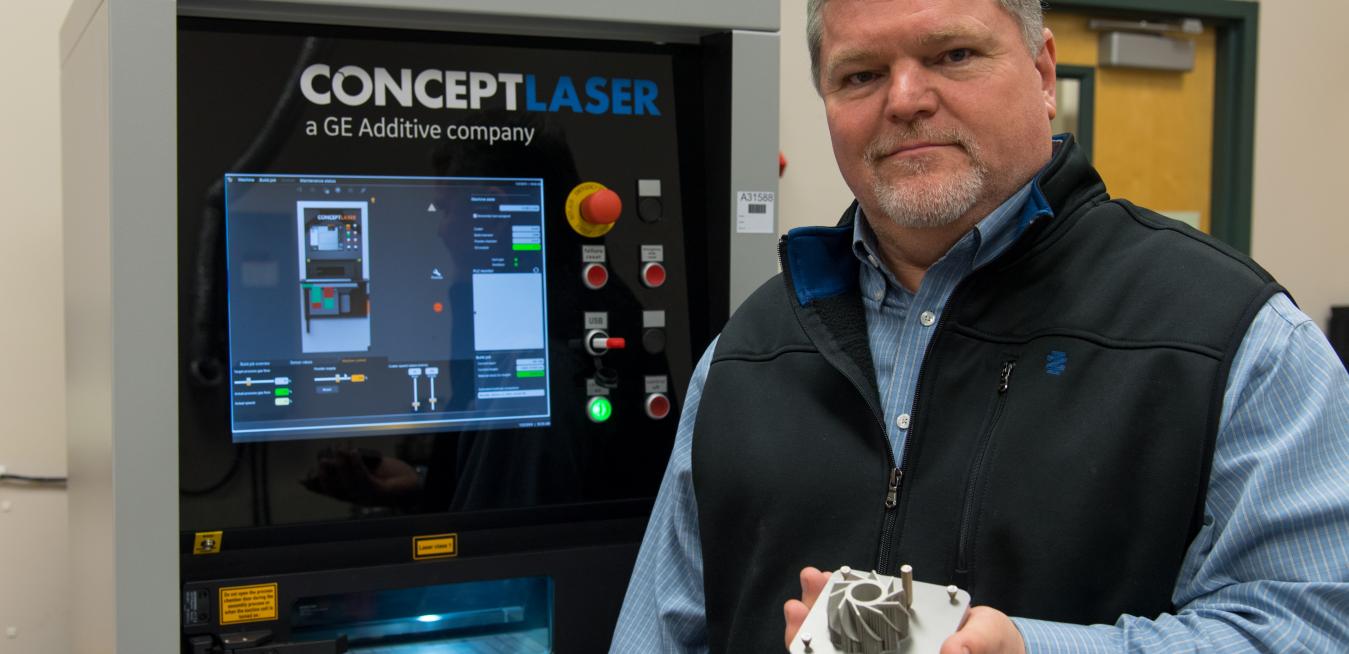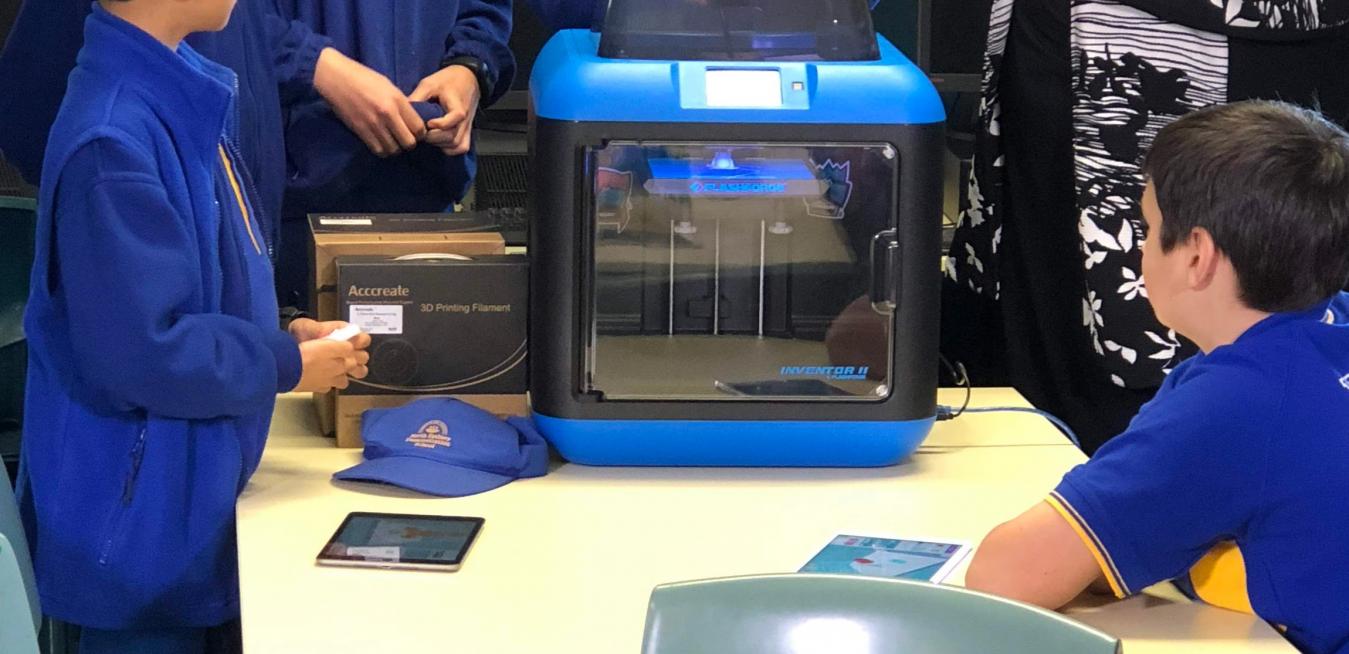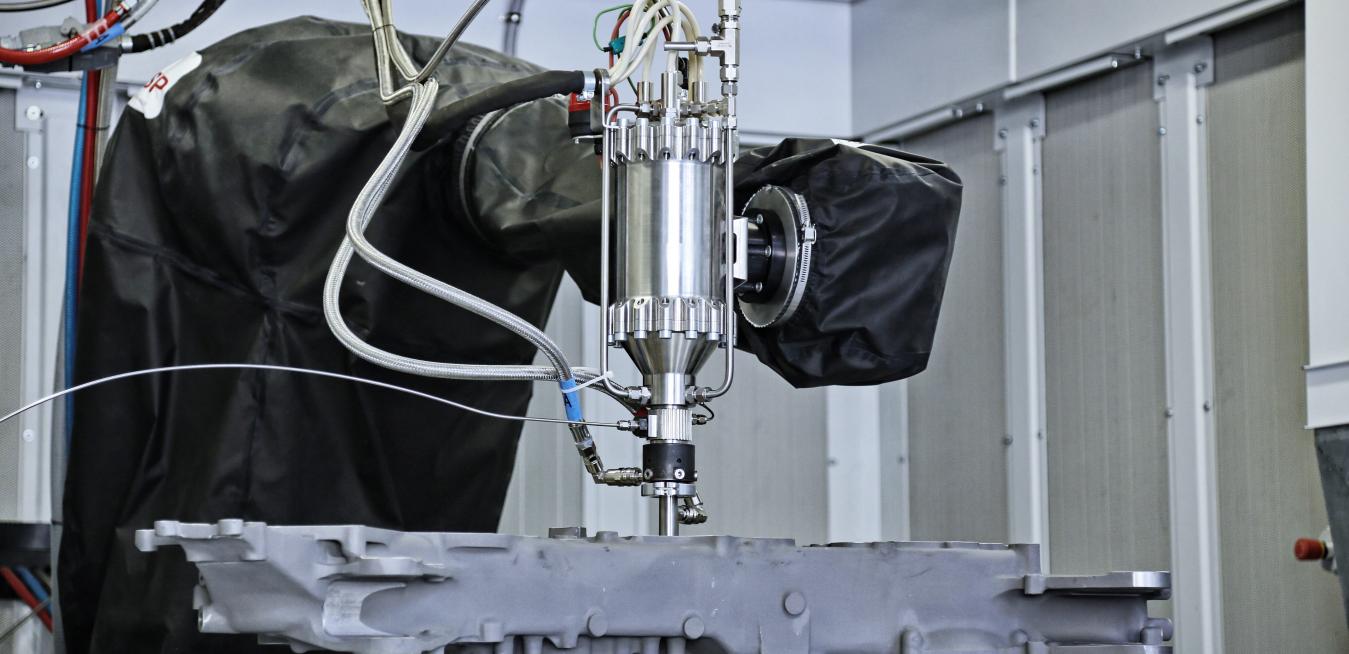At first glance, it’s hard to see a connection between jet engine parts, an innovative housing project in the Netherlands, prosthetic limbs, and futuristic sneakers sought-after by teens around the world.
3D printing has rightfully gotten a lot of buzz because of the marvels it can do. Also known as additive manufacturing, it has opened new paths for designers to create custom shapes that were previously too expensive or downright impossible to make. The technology's potential is enormous, but GE engineer Peter Martinello offers a dose of perspective. “This is true if you have to print just one part,” he says.
2D Might Help You See
Pigs With Bioengineered Lungs Breathe Easy — And Someday Human Transplant Recipients Might Too
You probably wouldn’t print a letter without carefully composing and editing it on a computer screen first. So it’s fitting that as companies embrace 3D printing, their workers are spending a lot of time on their computers making sure the parts they want to print come out right. And just like writers need a good word processor to keep track of their changes, industrial designers need sophisticated software to run simulations as they perfect their parts.
Few places illustrate the rapid evolution of 3D printing better than Avio Aero’s gleaming box of a factory in Cameri, a small town near Milan in northern Italy. The plant is filled with 20 sleek, black 3D printers, each the size of an armoire.
